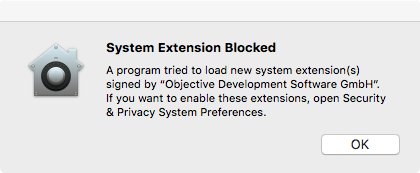


- #Protection against ransomwhere managment update
- #Protection against ransomwhere managment manual
- #Protection against ransomwhere managment Patch
With BigFix, a single intelligent software agent is installed on all managed endpoints to continuously monitor and report on the endpoint state, including patch levels, with a management server. Within 24 hours of the disclosure of the WannaCry vulnerability, BigFix had a fixlet for MS17-010, as well as previously unsupported Microsoft OSs, which were made available to all BigFix customers.

Users can simply open up the BigFix console to view the latest updates and select patches for deployment. IBM tracks patch releases from OS, anti-malware and common third-party application vendors, and makes them available to users, eliminating the need for time-consuming patch research processes. With this solution, organizations can finally see, change, enforce and report on patch compliance status in real time, on a global scale and through a single console. IBM BigFix removes these obstacles with a comprehensive solution that is purposefully built for highly distributed, heterogeneous environments. Security teams and IT operations are typically siloed, leading to fragmented defenses that are slow respond.Ī Better Path Forward: Five Steps Toward Effective Patch Managementįortunately, these hurdles are surmountable.
#Protection against ransomwhere managment manual
Manual processes and cumbersome scan-and-poll-based mechanisms reduce the ability to effectively prioritize and respond to the most critical vulnerabilities. Incomplete visibility provides poor context to discover and report on the current state of all endpoints (including unmanaged ones), especially in highly distributed environments. Most endpoint tools are challenged to address these kinds of attacks in three very important ways: The inability to address these fundamental questions is a key reason why attacks such as WannaCry are successful, even when there is a patch available.
#Protection against ransomwhere managment update
The universal advice was straightforward: Update your Windows systems to include the latest patches to prevent attacks. The ransomware, known as WannaCry, exploits a Microsoft Windows OS vulnerability that was patched in Microsoft’s Security Bulletin two months ago. On Friday, a group of unknown threat actors carried out one of the largest cyberattacks of its kind, which infected hundreds of thousands of computers in 150 countries.


 0 kommentar(er)
0 kommentar(er)
